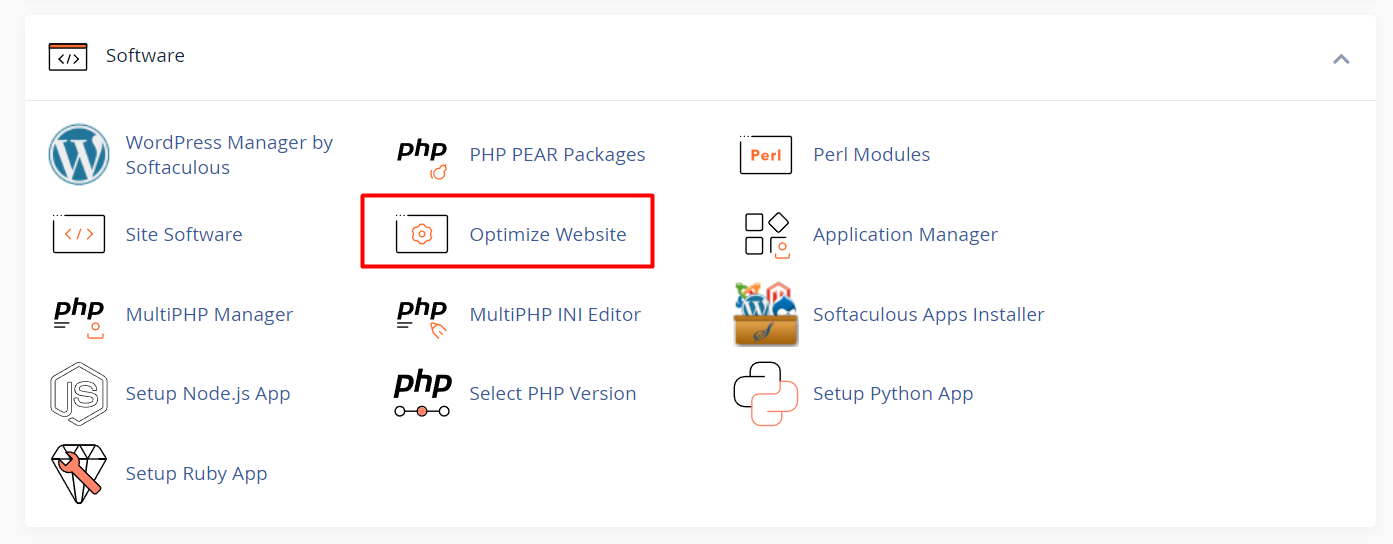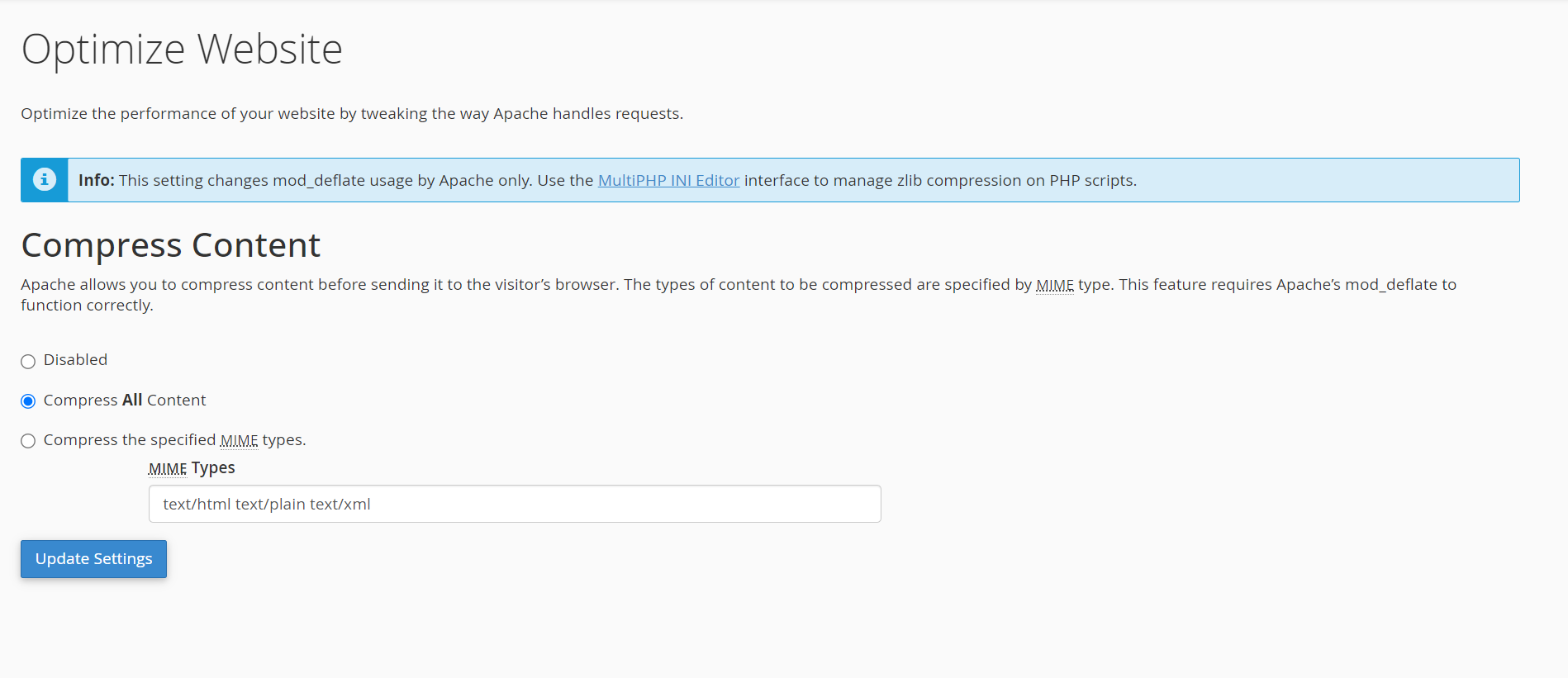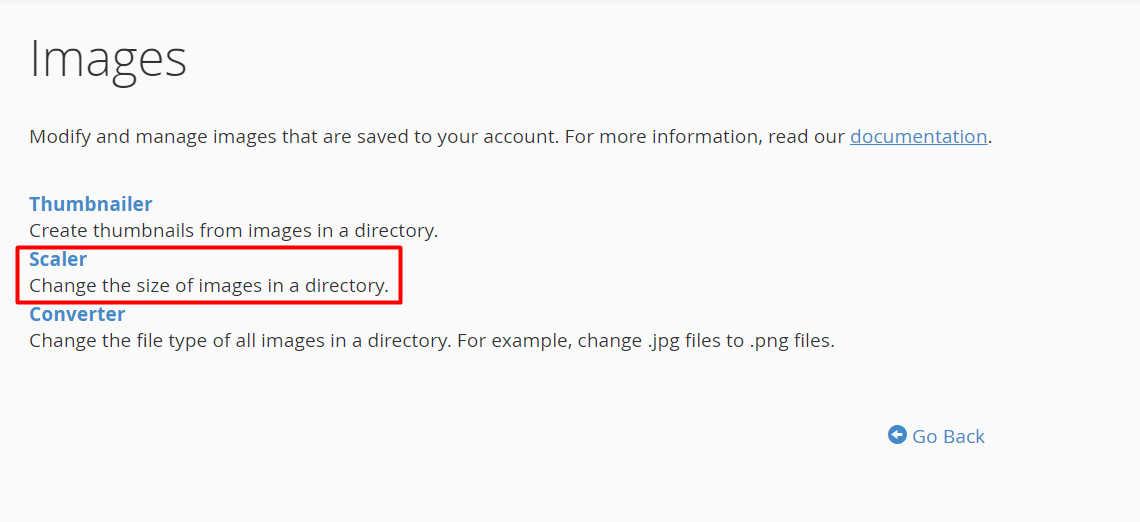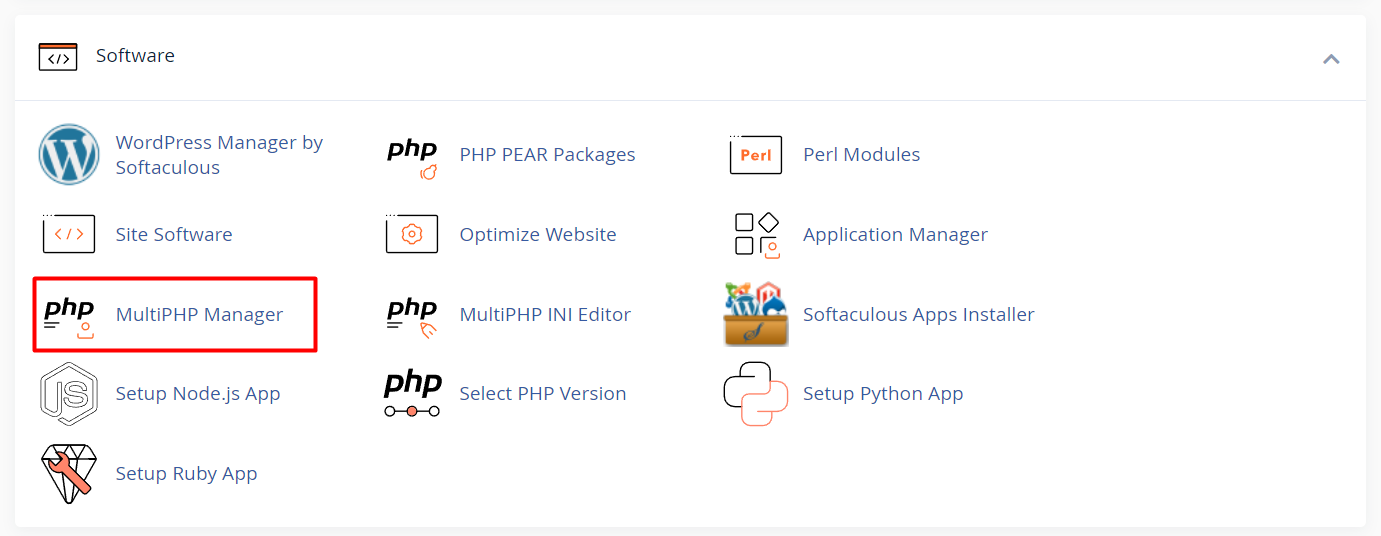Optimizing Your Website's Performance in cPanel
Website performance is one of the key factors that directly affects user experience and search engine rankings. A slow website can cause visitors to leave before the page even loads, resulting in a higher bounce rate, lower conversions, and a negative impact on your online reputation. Additionally, search engines like Google prioritize fast websites, making performance optimization critical for SEO.
Why Should You Optimize Your Website’s Performance?
Before diving into the steps to optimize your website using cPanel, it's important to understand why website performance matters and the key benefits of optimizing it:
-
Improved User Experience:
Fast websites keep users engaged. When a site loads quickly, visitors are more likely to stay longer, explore more pages, and potentially make a purchase or take an action. Slow websites, on the other hand, frustrate users and lead them to leave. -
Better Search Engine Rankings:
Search engines like Google take page speed into consideration when ranking websites. Faster websites are more likely to rank higher in search results, driving more traffic to your site. -
Reduced Bounce Rate:
A bounce rate is the percentage of visitors who leave your website after viewing just one page. Slow-loading websites have higher bounce rates because visitors lose patience and click away. -
Increased Conversions and Sales:
Every second counts when it comes to online conversions. Studies show that even a one-second delay in page load time can result in a significant drop in conversion rates. A faster website can lead to more sales, sign-ups, or other desired actions. -
Mobile Friendliness:
With the majority of users accessing websites from mobile devices, a fast-loading mobile site is essential. Mobile users are even less patient with slow websites, making performance optimization crucial for reaching this audience. -
Server Resource Optimization:
By optimizing your website, you're reducing the load on your server, which means your hosting plan can handle more traffic without needing to upgrade. This is particularly important for websites on shared hosting plans, where server resources are limited.
How to Optimize Your Website’s Performance in cPanel
Now that you understand the importance of website performance optimization, let’s go through the practical steps to optimize your site using cPanel.
Step 1: Enable Gzip Compression
Gzip compression reduces the size of your files, allowing them to load faster in visitors’ browsers.
- Log into cPanel
- Scroll down to the Software section.

- Click on Optimize Website.
- Select Compress All Content to enable Gzip compression for all content.
- Click Update Settings to save your changes.

Step 2: Enable Caching
Caching helps reduce server load and speeds up your website by storing copies of files that visitors frequently access.
- In cPanel, go to the Software section.
- Click on Cache Manager or look for the LiteSpeed Cache (if available).
- Enable caching for your website and configure the settings as per your website’s needs.
- Ensure to set appropriate cache expiry times to balance freshness with speed.
Step 3: Optimize Images
Large images can significantly slow down your website. Optimizing your images can drastically improve performance.
- In cPanel, locate the Images section.

- Click on Images Scaler to resize large images.

- Use the Compress Images option to reduce the file size of your images without losing quality.
- Consider using image formats like WebP for better compression.
Step 4: Manage Your PHP Version
Using the latest PHP version can improve the performance and security of your website.
- Go to the Software section in cPanel.
- Click on MultiPHP Manager.

- Select your domain and choose the latest stable PHP version.
- Click Apply to change your PHP version.
Step 5: Use a Content Delivery Network (CDN)
A CDN distributes your content across multiple servers around the world, reducing load times by serving your content from a server closest to the visitor.
- Many CDNs, like Cloudflare, can be integrated with cPanel.
- Look for the Cloudflare option in cPanel under the Domains section.
- Follow the steps to set up Cloudflare for your website.
Step 6: Monitor and Optimize Your Database
A bloated database can slow down your website. Regularly optimizing your database keeps it running smoothly.
- In the Databases section, click on phpMyAdmin.
- Select your database and click on Check All.
- From the drop-down menu, choose Optimize Table.
- This will optimize the tables, improving database performance.
Step 7: Analyze Your Website’s Performance
Finally, regularly analyzing your website’s performance helps you identify areas for improvement.
- Use tools like AWStats or Webalizer from the Metrics section of cPanel to monitor website traffic and performance.
- You can also use third-party tools like Google PageSpeed Insights to get more detailed performance reports.
Performance may remain slow, and you may ask yourself this question Why is my website still slow after optimizing in cPanel?
Why is my website still slow after optimizing in cPanel?
There are several reasons why your website might still be slow even after optimizing it through cPanel. These include:
- Heavy plugins or themes: Certain WordPress plugins or themes can slow down your site, especially if they are not optimized or are outdated.
- External scripts: External elements like ads, fonts, or social media widgets can affect your load time.
- Server issues: If you’re on a shared hosting plan, your server might be overloaded by other websites on the same server. Upgrading to a VPS or dedicated server can solve this.
- Unoptimized code: Poorly written HTML, CSS, or JavaScript can cause delays. Review your site’s code or use a tool like Google PageSpeed Insights to identify problematic areas.
Note: Even after optimizing in cPanel, performance might still be sluggish, and you might be wondering why.
Send us a request to receive advice if you followed these steps but your site is still sluggish, or think about switching to a more robust hosting package.




























